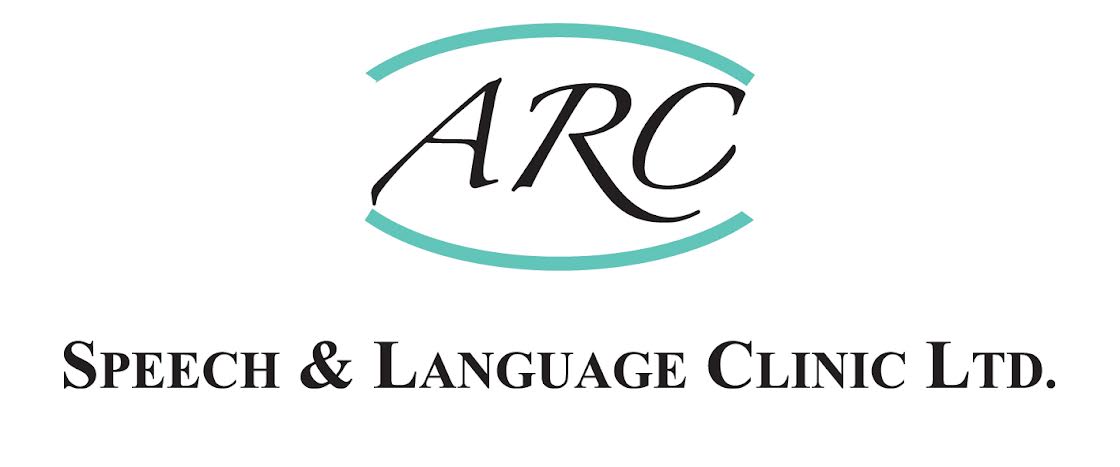The word cleft means a gap or spilt. During pregnancy different parts of the face form separately and then join together. If these parts do not join completely the result is a cleft or gap. These clefts vary in extent and severity.
What is Cleft Lip & Palate
A cleft lip is an opening between the upper lip and nose. It may also involve a cleft in the gum. It may involve only one side of the lip (unilateral) or both sides (bilateral)

A cleft palate occurs when the roof of the mouth has not joined completely. The back of the palate (towards the throat) is called the soft palate and the front (towards the mouth) is known as the hard palate. If you feel the inside of your mouth with your tongue, you will be able to notice the difference between the soft and the hard palate. A cleft palate can range from just an opening at the back of the soft palate to a nearly complete separation of the roof of the mouth (soft and hard palate). Sometimes a baby with a cleft palate may have a small lower jaw (or mandible) and a few babies with this combination may have difficulties with breathing easily. This condition may be called Pierre Robin Sequence.
When a child is born with a cleft lip/palate S/he is referred to a cleft palate team. This is a team of specialists who work together to make sure that the best possible intervention is given. This team may include a Plastic Surgeon, a Cleft Nurse, Orthodontist, Paediatrician ,Speech and Language Therapist, Psychologist, and Geneticist A cleft lip is usually surgically repaired by the time the child is two to three months and a cleft palate by one year.
Difficulties
Cleft lip and palate may be associated with the following difficulties.
- Early Feeding problems (especially with cleft palate)
- Problems with speech development * see below
- Dental problems, especially when cleft lip extends to the upper gum area
- Recurrent middle ear infections
- Hearing problems
Not all children will encounter these difficulties. The specialised team is on hand to provide interventions necessary to remediate difficulties that may arise in the above areas.Regarding speech development, following the repair of the palate most children develop good speech. However, for some children, a repaired cleft palate may make it harder for a child to pronounce some sounds clearly. There may also be difficulties with nasal tone(ie.where there is a nasal quality to the speech)
Children who experience these difficulties will need to attend a speech and language therapist. The speech therapist provides interventions in a child friendly way that establishes good speech. A few children require an extra operation to improve speech by reducing the amount of air going into the nose. In infancy, the child’s communication skills are checked regularly by the speech and language therapist on the cleft team so that advice and treatment can be given to overcome any problems as early as possible.
Resources
The following websites have lots of helpful information on cleft palate
